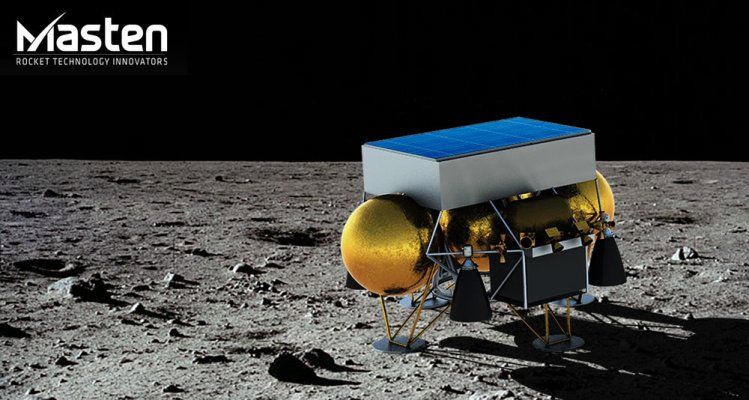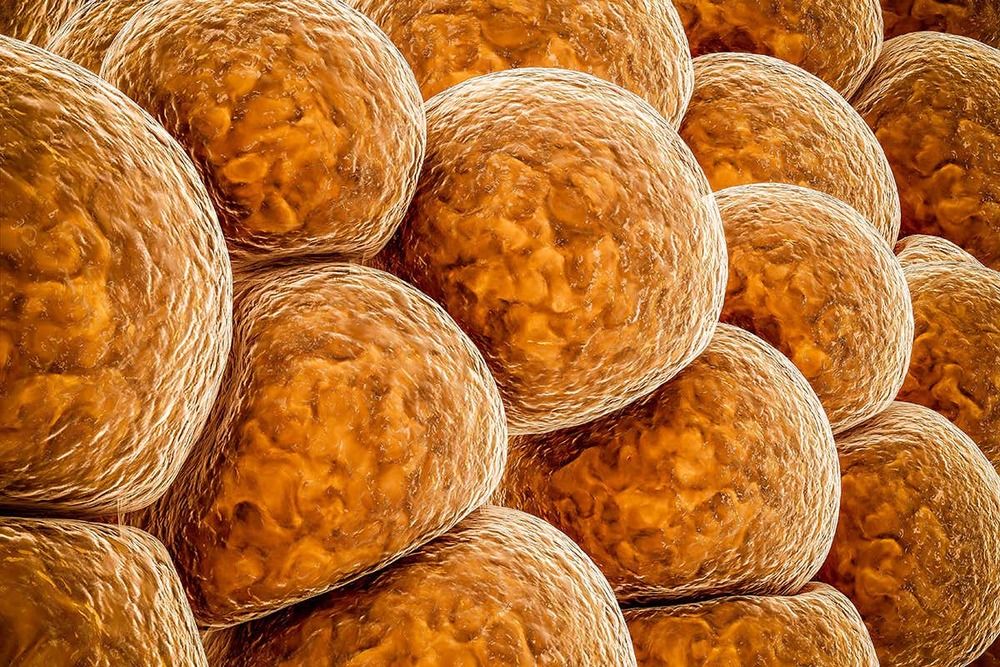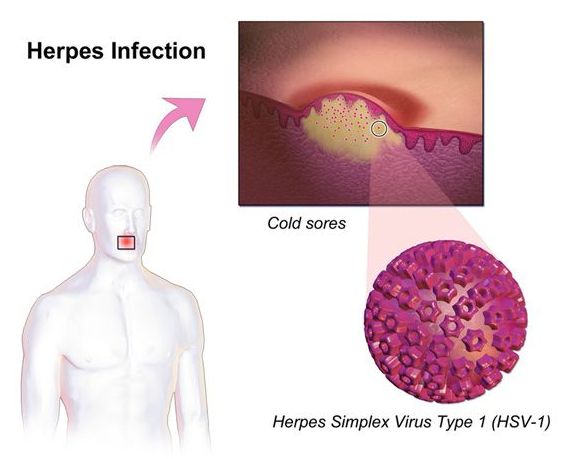An Artificial Intelligence (AI) produced DeepFake video could show Donald Trump saying or doing something extremely outrageous and inflammatory – just imagine that! Crazy I know, and some people might find it believable and in a worst case scenario it might sway an election, trigger violence in the streets, or spark an international armed conflict.
WHY THIS MATTERS IN BRIEF We are now locked in a war as nefarious actors find new ways to weaponsise deepfakes and fake news, and defenders try to figure out how to discover and flag it. Interested in the Exponential Future? Connect, download a free E-Book, watch a keynote, or browse my.









